One of the most common ways to protect yourself in the marketplace is to have a stop loss on each trade. This of course is something that you should always do, as we have to protect our trading capital first and foremost, as it is without a doubt the most important thing when it comes to becoming profitable. This of course is basic knowledge, but there is an alternative to placing a hard stop loss, as many people use trailing stop losses. Trailing stop losses function initially like a normal stop loss, meaning that once a certain price gets hit, the broker knows that it is to take you out of the market out of the best price possible. This minimizes losses, and protects the trader from sudden moves. However, the trailing stop loss allows you to dynamically change the level of the stop loss as the trade progresses. In a nutshell, what the trailing stop does is follow the movement of the actual trade. An example would be if you have a 30-point stop loss, and the market falls below that level, we will be taken out of the market. However, as we continue to grind higher, the stop loss moves up with the gains of the trade. In other words, if the market rises 50 points, the stop loss moves up 50 points, offering a stop loss at a gain of 20 pips. However, when markets pullback, the stop loss sits still. In other words, it is very similar to an object on a string, as it needs to be taught in order to be moved. That’s very similar to how the stop loss works.
In this video, I discuss the possibility of hiring somebody else to trade for you. There are plenty of places to find money managers on the Internet, and as a result you will sooner or later asked this question of yourself: “Can I make money, or should I hire someone else?” There is a case to be made for doing either. Quite frankly, there are a lot of people out there looking to trade your money. It’s not hard to find someone willing to do it. However, it’s not necessarily easy to find one who’s good at doing it. You need to find a verifiable record, and you should be very leery of people who claim any extraordinarily large gains. They typically will blowup sooner or later, due to using far too much in the way of leverage. You will run into people who claim to make as much as 50% week, which is a really bad scenario. If you are looking to trade on your own, that comes down to whether or not you have time to learn how to trade the markets, or even if you have enough time, can you make the money necessary to make it worth your time? If you don’t have enough time to learn, trade, or don’t have the profitability, then you obviously will need to look for someone to major funds. However, keep in mind that there is a percentage that they take out of the gains, so having said that it is more expensive down somebody else do it.
In this video, I talk about risk versus reward. Without a doubt, this is one of the most basic money management fundamentals that you have to follow. The one thing that you have to understand about trading is that you are not going to win all of your trades. The reality is that you are going to have losses from time to time. By using risk to reward analysis, you can help increase the odds in your favor longer-term. For example, if you’re risking 1 in order to make 5, you only need to be in order to break even. However, if you are risking 1 to make 1, you will likely lose money over the longer term as the losses will wipe out gains much quicker. Looking at a few trades, you can see that the first one is a massive hammer that formed at the bottom of the downtrend. This is typically a reversal signal, but if you use classic technical analysis and trading technique, you can see that on the hammer you would have to risk something akin to 550 pips. Now looking at the trade itself, you have to ask yourself how far can this particular pair go? In this case, you can make a real argument for the 155 level, but the problem is that you’re working against the trend. Because of this, you have to take that into account, and you can also find quite a bit noise on this chart at the 153 level, meaning that you are more than likely going to get 250 pips. This is an absolutely horrible risk to reward ratio and therefore this isn’t the type of trade that you want to take as you would almost always have to be correct on these setups.
The Sharpe Ratio that is referred to in the financial world is named after William F. Sharpe, a Nobel laureate in economics. It’s simply a measure of calculation for a risk-adjusted return and is the industry standard when it comes to doing such things. That’s the average return earned in excess of what is considered to be risk free assets. In general, this normally is suggested as US Treasury bills, which is considered to be “risk free.” The Sharpe Ratio works as follows: the average rate of return for your portfolio is subtracted by the best available rate of return of a risk-free security. Then, you divide that number by a standard deviation of the portfolio’s return. Essentially, a return of “zero” is the same as a treasury bill. A number of 1.0 or above is attractive, a return of 2.0 is even better, and one of 3.0 is excellent. These numbers are used to compare one portfolio to another, in order to see whether you are getting acceptable returns for holding risky assets over risk-free assets. Essentially, it’s a way to compare 2 portfolios in an even playing field.
Most of you will have had some type of study in the idea of support and resistance, but you do not recognize the psychology behind it. There is a reason for “market memory”, which is the phenomenon that what was once important becomes important again. This is typically seen as a situation that allows traders that are in the wrong side of the trade to get out with little or no damage. What I mean by this is that if you have been shorting a market, and then it rallies significantly, it will quite often find support at that area that was previous resistance. However, do you understand why this is? The attached chart is of the GBP/CHF pair, and you can clearly see that there is the 1.30 level marked on the chart as both support and resistance. We have recently broken out above that level, and then pulled back to test that area and see signs of support. The support is a byproduct of a couple of things going on at the same time. Initially, there were sellers there and now they find the market offering them an opportunity to get out of a bad position at essentially “breakeven.” They will take that opportunity, as they have been feeling a bit of pain as of late. By closing their short position, they are buying, and therefore adding bullish pressure. Beyond that, there are people who have missed out on the breakout, and they know that those people or their willing to get out of the market with little or no damage. It is a huge sigh of relief for those people who had been short the pair, and now those who have missed the opportunity to take advantage of the breakout are willing to go long as well. In other words, the chart simply reflects psychology of trading participants. Keep this in mind when looking at potential trading opportunities.
Traders can enter the market in several different ways, and contingent orders tend to be one of the favorite. The contention order is simply in order that is triggered if certain amount of conditions is met. For example, you may send an order into your broker to buy the Euro if the EUR/USD pair reaches the 1.12 handle. This is the essence of a contingent order. There are several different types of contingent orders, but the most common are the following 6: the buy limit order, the sell limit order, the buy stop order, the sell stop order, the buy stop limit, and the sell stop limit. Because of this, the average trader has several different opportunities to enter the market in various conditions. These are the trading orders available in the Metatrader platform, the most common one out there. There are other less common contingent orders that you can run across, but these are by far the ones you will use the most. A buy limit order allows traders to specify the price that they are willing to pay for security, and the broker guarantees to honor that price or even better when it becomes available. The sell limit order simply does the same thing, but from the sell side. A buy stop order is an order that you give the broker to buy a security at a price above the current price, and is triggered when the market touches her goes through the buy stop price. Quite often this is used in order to take advantage of momentum building up. A sell stop order is often referred to as the stop loss order, it’s in order to close a position once the security reaches a specific price. This is a way to protect yourself from losses. The buy stop limit is executed when a specific price reached, as it becomes a limit order to start buying the asset at a specific price or better. The sell stop limit is a sell order that is triggered once we reach a specific price, and is guaranteed to be the price you ask or better. This is a great way to enter the marketplace while stepping away. In other words, if the move happens in the middle the night you can know how you’re going to enter the market. Obviously, stop loss orders are crucial, so you need to protect your trading accounts while you are not at your desk. At the very least, you should have a stop loss order to protect yourself from disaster. However, contingent orders to offer you an incredible amount of flexibility.
Without a doubt, the most important thing that you will be using as a traitor is a stop loss. Simply put, a stop loss is in order that you put into your broker to close a position once it hits a certain price. This is one of the most important ways to protect your trading capital, as there can be sudden moves overnight that work against the value of your position. After all, we are operating in 24-hour markets now, and with that being the case things can happen rather rapidly while you are not aware of them. By placing a stop loss, you are protecting yourself from extraordinarily large losses. When placing your stop loss, you give your broker the right to close out a position at the best available price once that level gets hit. For example, if you see a level of support in a market that you are buying, and you recognize that if the support gets broken to the downside things could get rather ugly, that might be an excellent place to place your stop loss. This is because obviously being on the long side of the position has now become the wrong side of the position. Looking at the GBP/CAD chart, you can see that the British pound fell rapidly against the Canadian dollar. This was due to the UK vote on whether or not to stay within the European Union. Obviously, the British chose to leave, and that works against the British pound. The losses that you would have incurred overnight had you not placed a stop loss would’ve been horrific, and probably would’ve led to what is known as a margin call, when you don’t have enough money to keep the position alive. Stop loss orders should always be used when trading financial instruments.
Ultimately, the way you make money trading markets is to take profit out of them. With this being the case, taking profit from a trade is without a doubt the most important thing you can learn. There are a lot of different theories on taking profit, and sometimes you would even hear the phrase “Nobody ever went broke taking profit.” To be honest, that’s isn’t true at all. The reason of course is that you need to make as much profit as possible from each trade in order to come out ahead in the end. After all, not all trades will produce profits to you need to make sure that your winners are bigger than your losers. Obviously, if you can take 10 times the profit on a trade that you take on a typical loss, you don’t have to be correct that often in to make a decent return. While that is an extreme example, it gives you an idea of how important taking profit is, and most importantly not to do it too early.
One of the most recent developments in the trading world is the concept of social trading. Initially, this was found mainly in the currency trading world, but has been adopted by stock traders and commodity traders as well. Essentially, social trading is a place where traders will post their trading ideas, and go back and forth with each other on potential trades. Some places will do it automatically, meaning that there is some type of software that you plug into your trading platform to automatically post positions, while others will rely on you to input your trade. In theory, this is a great idea. However, in practice it is much different. Most people who look at social trading are looking for someone to make their trades for them. In other words, they are waiting for someone to tell them what to do. Typically, what happens is that the new trader will see somebody in the rankings that has made an astronomical return over the last couple of weeks. However, by the time that person gets that high up on the leaderboard, they almost always turn around and fall hard. You will see things like 400% gains in a week, followed by somebody being wiped out. This is because they do not understand leverage, and the new traders that follow them will suffer the same fate.
Any system that you’re going to use to trade the financial markets will have to have some type of rule for entering the market. That being the case, the market needs to tell you when it’s time to go either long or short according to your system. You have to have some type of reason or at least set of rules to start entering the market. One of the biggest killers of trading accounts for new traders is not having any set rules. Depending on when you enter the market can greatly influence whether or not you make money, or at least the amount of money that you make. It can also influence whether or not you lose money, which of course is something that you should try to avoid at all costs. You have to be able to justify entering a trade if you are going to be profitable. After all, you have the ability to enter the market pre-much anytime you want, so having said that you have to be careful and avoid the temptation of just jumping into the market. Unfortunately, there are a lot of traders out there who feel that staying out of the market means that you can’t make any money. While that is true in theory, the reality is that it’s easy to lose money if you are not careful. After all, you have to have a trading plan and system in order to be a professional trader as losses will, even under the best of circumstances. By knowing when to enter the trade, you can avoid a lot of trouble. The system or entry signal that you choose the use is entirely up to you and should only be applied after diligent study. Understand that the market never “has to do” what it’s “supposed to do”, but if you understand the risks ahead, and learn to recognize when it’s time to get involved, you can greatly increase your chances of making money.










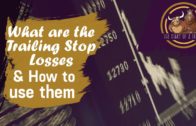
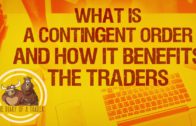
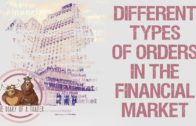




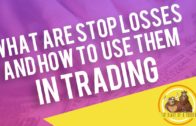


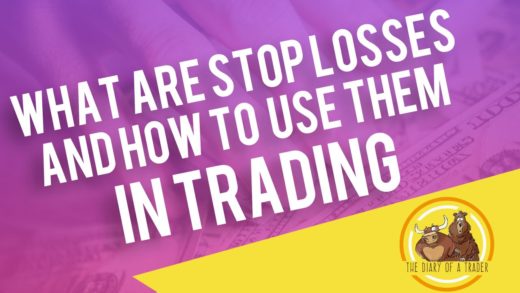


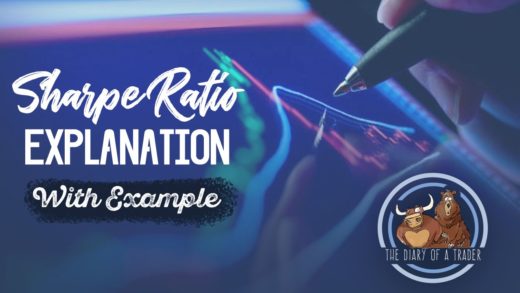

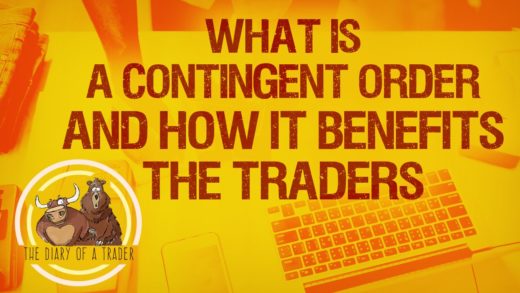
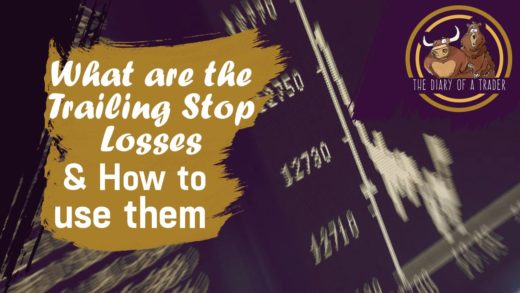


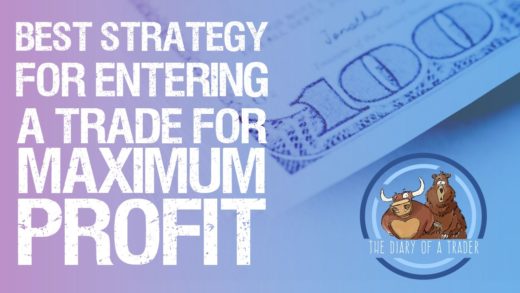


Recent Comments
Alberto CannApril 19, 2020 at 5:42 pm
thediaryofatraderNovember 26, 2018 at 2:46 am
Forex Steam SettingNovember 26, 2018 at 12:33 am